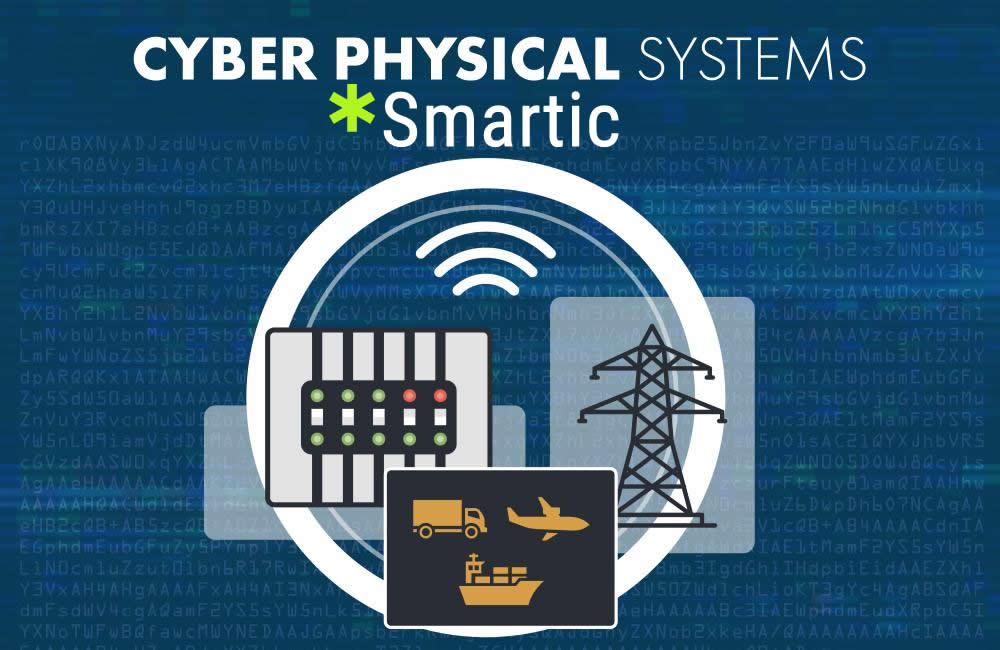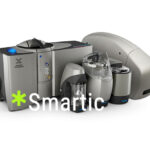Cyber Physical Systems
In the ever-evolving technological era of Smartic Pro, the harmony between physical processes and computational intelligence is more prevalent than ever. Cyber-Physical Systems (CPS), a sector that brings together these physical and digital worlds, so that it merges into one, and high worth projects such as Manufacturing and Healthcare flourish.
What are Cyber-Physical Systems?
That is, Cyber-Physical Systems are aggregate systems that consist of physical entities and cyber entities that are vastly intertwined and can interact in real time. Smartic Pro Cyber Physical Systems A cyber physical system integrates computational algorithms with physical processes where embedded computers and networks monitor and control physical processes, typically with feedback loops where physical processes affect computations and vice versa.
The Components of CPS
A typical CPS consists of several key elements:
Sensors: sensors collect real-time data from the physical environment, while actuators perform physical actions based on computational output.
Embedded systems: The embedded software systems inside the physical system that process the sensor data and run control algorithms.
Networks: At the core of any CPS are the communication networks that transmit information from one component to another, enabling the coordinated actions necessary to respond effectively to change.
Control algorithms — these algorithms control the actual physical processes by responding to sensory data with informed decisions.
Uses of Cyber-Physical Systems
CPS has many applications, and is used in many fields:
Manufacturing: CPS is used for automation of production lines in smart factories, improving accuracy, and resource utilization. They facilitate predictive maintenance, minimizing downtime by predicting failures before they happen.
CPS have enormous potential in the field of healthcare, where they can be utilized for monitoring the health of patients in real-time, administering personalized treatments and even conducting robotic surgeries with high accuracy.
Transportation: CPS significantly aid autonomous vehicles in navigating, avoiding obstacles, and optimizing routes. CPS regulates traffic flow and improves road safety for intelligent transportation systems.
Energy: Smart grids are a classic example of CPS in energy. Smart grid solutions help optimize electricity distribution and usage while integrating renewable energy sources and improving power system resilience.
hallenges in Implementing CPS
CPS holds all the potential, but implementing it comes with multiple challenges:
Security and Privacy: CPS contain high interconnectivity, which makes them vulnerable to attacks from cyber systems. This makes it essential that data is secure and private to avoid unauthorized access and tampering.
Design and Optimization of Cyber-Physical Systems: A Tutorial on the Architectures, Models, and Agents.
Standardization: Absence of common industry protocols and interfaces can create barriers to interaction between hardware/software components and networks provided by different manufacturers.
Real-Time Operation: For many CPS, real-time performance is a must-have. Advanced computational techniques and a robust network infrastructure are also the key to getting fast and accurate answers back from the system.
Smartic Pro Cyber-Physical Systems: The Future of Smartics
CPS is already playing an important role in a variety of settings, and its development will continue to evolve. Advancements in technologies like the Internet of Things (IoT), artificial intelligence (AI), and 5G networks will further augment the potential of CPS. These capabilities will allow for greater integration between the physical and digital realms, resulting in increasingly intelligent and effective structures.
Key Characteristics:
Integration: CPS integrates cyber (computation, communication) with the physical domain (mechanics, electronics).
Real-Time Interaction Real-time interaction between the digital and analog components is often a must.
Feedback Loops: Most systems have feedback in the sense that the physical components can impact digital computation, and the digital computation can impact the physical aspects as well.
Scalability: Anything from small things like wearable health monitors to large systems like smart grids or autonomous vehicles.
Applications:
Healthcare: Intelligent health monitoring systems, predicting health concerns, by sensing how and sending data back to the system.
Transportation: The self-driving where sensors, algorithms, and mechanics to enable safe flow.
Manufacturing Smart factories — plants in which machines communicate and coordinate production without human oversight.
Energy: Smart grids that distribute electricity based on real-time data about demand and supply.
Agriculture: Sensors are used in precision agriculture to monitor conditions in soil and crops to optimize water usage and yield.
Challenges:
Security: CPS are vulnerable to cyberattacks that may cause physical damage, as they are connected.
Reliability: It is very important to make sure the system behaves as expected in all conditions.
Privacy: Treating sensitive data with care — especially in applications such as health or surveillance.
Interoperability: Making it possible for various systems to communicate with each other.
Future Directions:
Greater Autonomy: Systems that can function with little human intervention.
Edge Computing–Data processed close to its origin to reduce latency in decision-making
AI Integration: Augmenting decision-making abilities in CPS with AI


